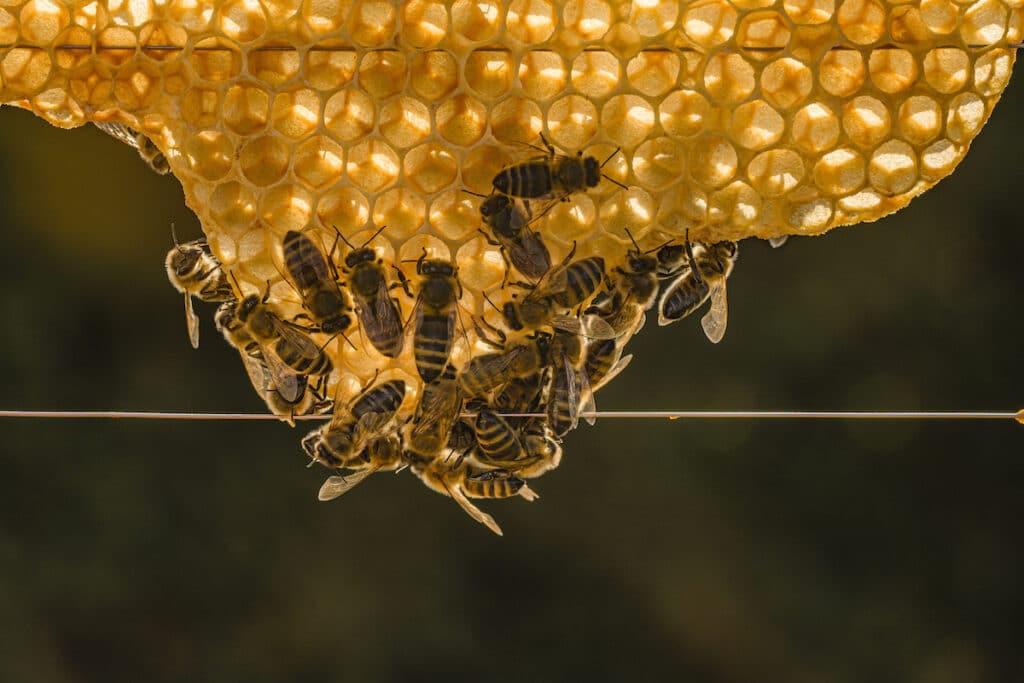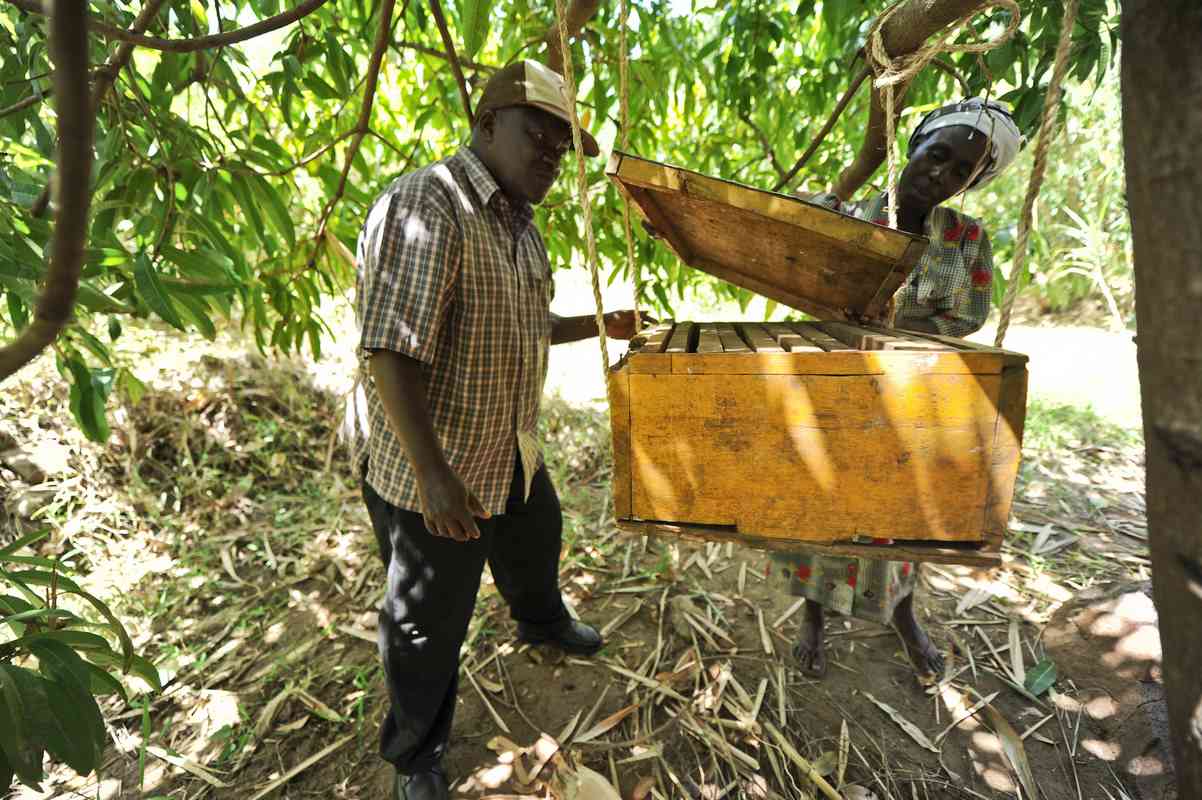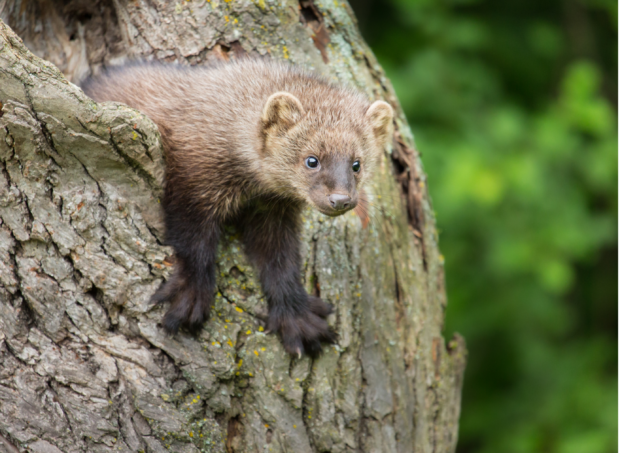Since the 1990s, honey yields in the United States have been decreasing, but scientists and honey producers have not known why, according to a press release from Pennsylvania State University (Penn State).
Now, a new study by researchers at Penn State has revealed hints as to the reasons behind dwindling honey supplies.
“Pollinators are an essential component of terrestrial food webs and agricultural systems but are threatened by insufficient access to floral resources,” the study said. “Honey yields across the United States have decreased appreciably since the 1990s, concurrent with shifts in climate, land-use, and large-scale pesticide application. While many factors can affect honey accumulation, this suggests that anthropogenic stressors may be having large-scale impacts on the floral resources that pollinators depend on for their nutrition.”
The study, “Examining spatial and temporal drivers of pollinator nutritional resources: evidence from five decades of honey bee colony productivity data,” was published in the journal Environmental Research Letters.
The researchers examined five decades’ worth of data from all over the country, analyzing possible mechanisms and factors that could be impacting how many flowers were growing in various regions, as well as the quantity of honey made by honey bees, the press release said.
The researchers found that land use — like fewer conservation programs supporting pollinators — the application of herbicides and yearly weather anomalies all affected honey yields.
The study found that soil productivity and climate conditions were important factors in approximating yields. They discovered that productive soils led to higher honey yields in states that were located in both cool and warm regions.
“It’s unclear how climate change will continue to affect honey production, but our findings may help to predict these changes,” said lead author of the study Gabriela Quinlan, who is a postdoctoral research fellow in the Department of Entomology and Center for Pollinator Research at Penn State, in the press release. “For example, pollinator resources may decline in the Great Plains as the climate warms and becomes more moderate, while resources may increase in the mid-Atlantic as conditions become hotter.”
Christina Grozinger, who is a co-author of the paper as well as director of the Center for Pollinator Research and a professor of entomology at Penn State, said previous studies were conducted in just one region of the country.
“What’s really unique about this study is that we were able to take advantage of 50 years of data from across the continental U.S. This allowed us to really investigate the role of soil, eco-regional climate conditions, annual weather variation, land use and land management practices on the availability of nectar for honey bees and other pollinators,” Grozinger said in the press release.
The researchers said lack of flowers is one of the most substantial stressors for pollinators trying to gather enough nectar and pollen to eat. Since different regions of the U.S. support varied flowering plants depending upon soil characteristics and climate, they said interest in pinpointing landscapes and regions with an abundance of flowers for bees is growing.
“A lot of factors affect honey production, but a main one is the availability of flowers,” Grozinger said. “Honey bees are really good foragers, collecting nectar from a variety of flowering plants and turning that nectar into honey. I was curious that if beekeepers are seeing less honey, does that mean there are fewer floral resources available to pollinators overall? And if so, what environmental factors were causing this change?”
Quinlan said soil productivity is a factor that has not been sufficiently explored in determining the suitability of various landscapes for pollinators. Previous studies have looked at the importance of soil nutrients; fewer have examined how soil characteristics such as texture, structure and temperature affect pollinator sources.
The researchers found that increases in lands in a national conservation program called the Conservation Reserve Program, which supports pollinators, and decreases in land used to cultivate soybeans have led to positive impacts on honey yields.
Application rates of herbicides were also an important factor in forecasting yields, since the removal of flowering weeds can result in diminished nutritional resources for bees.
“Our findings provide valuable insights that can be applied to improve models and design experiments to enable beekeepers to predict honey yields, growers to understand pollination services, and land managers to support plant–pollinator communities and ecosystem services,” Quinlan said in the press release.
This article by Cristen Hemingway Jaynes was first published by EcoWatch on 5 January 2024. Lead Image: Carniolan honey bees on a honeycomb in Dresden, Germany. Frank Bienewald / LightRocket via Getty Images.
What you can do
Help to save wildlife by donating as little as $1 – It only takes a minute.





Leave a Reply